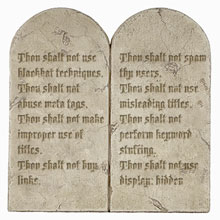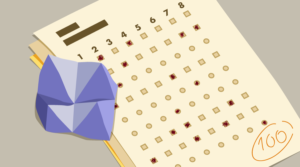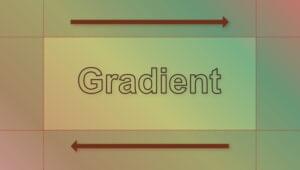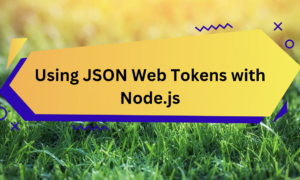- 1. Remember that Google ranks pages, not web sites
- 2. Less than 100 links per page
- 3. Editorial links rock!
- 4. Think carefully about tag clouds
- 5. Don’t waste time with footers
- 6. Don’t go nofollow crazy
- 7. Use secondary navigation and tertiary navigation for deeper PageRank penetration
- 8. Avoid Wikipedia-style linking
- 9. Use the SEO4Firefox plugin
- 10. Remind Google that you are a respected online entity
 When I attended SMX Sydney recently, I sat in on a great session by Jane Copeland from Ayima Search Marketing about PageRank sculpting. PageRank sculpting is a method of ensuring that PageRank passed from page to page within your site is given to only pages where search engine performance matters most. I thought I’d put some of her key recommendations it into an oh-so-predictable list …
When I attended SMX Sydney recently, I sat in on a great session by Jane Copeland from Ayima Search Marketing about PageRank sculpting. PageRank sculpting is a method of ensuring that PageRank passed from page to page within your site is given to only pages where search engine performance matters most. I thought I’d put some of her key recommendations it into an oh-so-predictable list …
1. Remember that Google ranks pages, not web sites
Whilst sculpting might begin at your front page, shouldn’t stop there. With a large site (where sculpting is even more critical), you’ll have 2nd and 3rd levels to consider.
2. Less than 100 links per page
Unless there are very special circumstances, keep your total number of links on a page under 100. You’ve only got so much PageRank to pass through, so dividing it up over 100 links is going to stretch the value given to each link. If your page contains more links, use rel="nofollow" for links that you explicitly don’t want to pass PageRank juice to.
3. Editorial links rock!
Different types of links will pass through varying levels of PageRank. Links within your main body of text are given the largest share of the PageRank pie.
4. Think carefully about tag clouds
The user benefits of tag clouds are borderline and in most cases serve to confuse both search engine spiders and users. If you choose to use a tag cloud, nofollow all but your most popular tags.
5. Don’t waste time with footers
Footers will pass through little or no PageRank to subsequent pages, and chances are if a link is in the footer, it’s not to a page that you’re concerned about the search engine ranking anyway –- these links make an easy nofollow target.
6. Don’t go nofollow crazy
When PageRank sculpting, it’s easy to go over the top with the use of nofollow links. Without proper planning this can lock out deeper sections of your site where search engine rank is important. Take a cautious approach initially, then spend time fine tuning your use of the rel="nofollow" attribute.
7. Use secondary navigation and tertiary navigation for deeper PageRank penetration
You may have pages on your site that are two or more clicks away from your homepage. The use of secondary navigation and effective use of tertiary navigation, such as crumb trails, will ensure these pages get their fair share of the passed-through PageRank.
8. Avoid Wikipedia-style linking
Whilst editorial links provide the best pass-though value, avoid the trap of linking every second word in your copy. Not only is this a sure-fire way to look spammy it will easily tip you over commandment number 2.
That’s the summary that I took away from Jane’s presentation, but just to round out our list of tips to a nice, even number, here are two more based on our own experiences here at optimizing sitepoint.com (an ongoing process!).
9. Use the SEO4Firefox plugin
If you’re already looking at any SEO basics, then no doubt you’ve got Aaron Wall’s excellent SEO4Firefox plugin installed. If you don’t, then go grab it immediately. It is an insanely useful tool.
10. Remind Google that you are a respected online entity
Similar to commandment number 6, we’ve received advice that it can be dangerous setting pages like Contact Us and your Privacy pages to nofollow. Even though these obviously aren’t pages that deserve a huge lift in search engines, by passing PageRank juice onto them you’re indicating to Google that you are a reliable, respected online entity. These are pages that might be well suited to including as a footer link.
Hopefully these tips will help ensure that you pass on as much PageRank juice as possible from your home page to your critical secondary pages, where search engine ranking really matters.




































































































